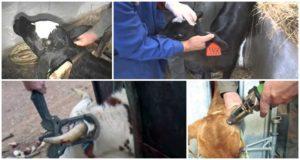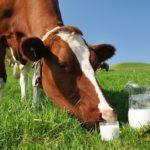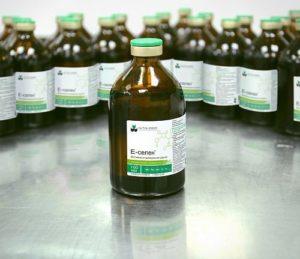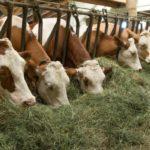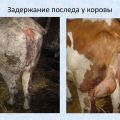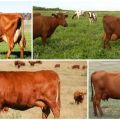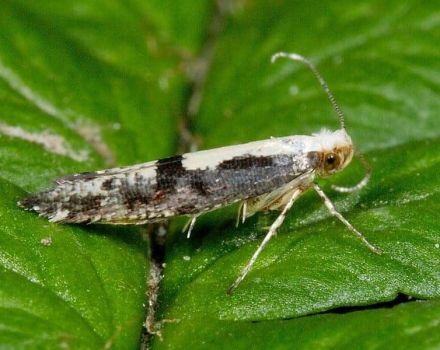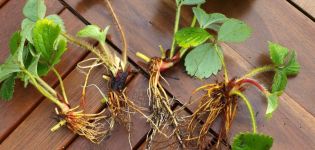Determination of the service period for cows and how long the interbody cycle lasts
During the service period, the cow needs rest. Correct maintenance, enhanced nutrition will restore the cow in the shortest possible time. Food with the addition of vitamins, minerals will help to develop female sex hormones. The first mating will lead the animal to a new pregnancy. If the cow does not get pregnant the first time, this indicates a reduction in the ovulation period. The cattle are analyzed and the service period is extended.
What is the service period for cows?
The physiological cycle of any animal includes a phase of the service period. This is the time of rest for the cow, recuperation after calving, preparation for future pregnancy. Modern livestock breeders have come to the conclusion that the service period for cows lasts from 60 to 95 days. If the heifer does not become pregnant after that, then she goes into the category of barren. Such an animal cannot bear a calf and give milk. After 4 months of inactivity, the health of the heifer is in danger. The profit of the animal breeder decreases.
Not all farmers meet these deadlines. Many livestock breeders believe that a cow can recover in 50 days. The readiness of the reproductive system for new offspring is different for each animal. Many heifers produce sex hormones faster. The first hunt after calving brings a new pregnancy. But there are breeders who allow the cow to recover for 120 days.
Factors affecting duration
The main factor influencing the further reproduction of the cattle herd is adequate nutrition. The weakened body of the animal needs a supply of nutrients. The fat content of milk increases due to the animal's own resources. Therefore, the daily ration of the cows is enriched with feed mixtures. Lack of important substances for the body can lead to miscarriage.
An increase in milk yield in a dairy cow indicates a lack of sex hormones, which is fraught with exhaustion, loss of the ability to bear offspring. Factors to consider:
- Nutrition. A gradual increase in feed will prepare the animal for pregnancy. Hay, fresh grass are natural vitamins that will give the cow a supply of energy.
- Maintenance and care. Burenka needs a clean, dry room, regular cleaning of the corral, and scheduled disinfection. The heifer needs daily walking during the warm season. In winter, the cow is fed with hay and grass. Unfavorable conditions of detention lead to illness and decreased reproductive function.
- Milking. Correctly organized milking process, periodic massage of the udder helps the cattle to recover.

How to restore sexual function
After the birth of a calf, a decrease in fertility is observed in cattle. To get out of the pathological state, it is necessary to individually calculate the service period for each cow. High-quality, high-calorie food does not always help. It is necessary to adhere to a strict feeding schedule by the hour, calculate the exact amount of feed.
A cow eats about 2.5 kilograms of dry feed per day. This is not enough for the normal function of female sex hormones. Livestock breeders are trying to increase the volume to 4.5 kilograms per day. This can be achieved in 3-3.5 months. The cow's appetite is stimulated by increasing the amount of compound feed. Mineral-salt blocks offered to the heifer maintain energy balance.
Possible deviations from normal values
The calving period is the cycle between the calving of an animal. The period is 365-369 days. Many livestock breeders deviate from the accepted indicators. It is believed that the cycle should not exceed the accepted norms. Young individuals and highly productive animals require an increase in the dry period. Thanks to this, the body recovers faster, and the reproductive function is maintained for many years.
Reducing the service period will increase the offspring and bring additional income to farmers, but negatively affect the bearing of the calf and the condition of the heifer during lactation.
The animal can lose the ability to reproduce and become sterile. In order to quickly nourish the body with important components, they resort to liquid energy feed. Microelements and vitamins in them will restore balance.
Diet during this period
Good compound feed specially formulated for the cow during this period is expensive. The breeders who use them receive detailed instructions with a feeding schedule by the hour.
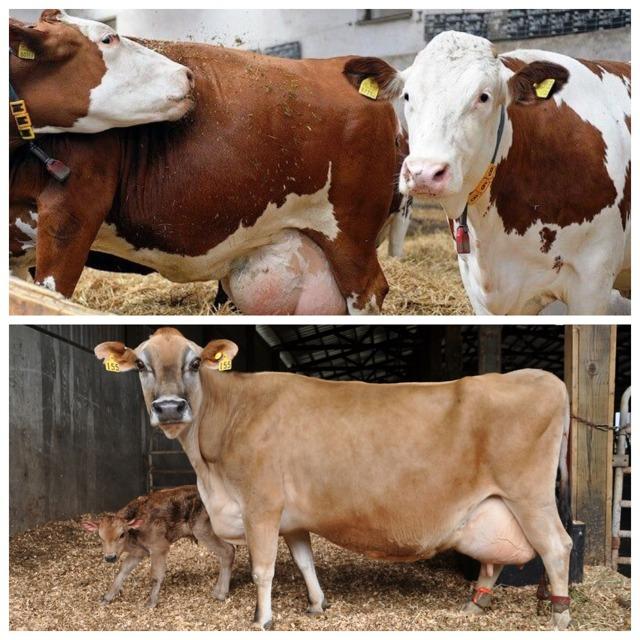
Experts advise half of replacing regular feed with high-quality compound feed. Foreign livestock breeders bring their number to 60%, but they do this not constantly, but from time to time.
The cow's diet should include the following foods:
- Fresh grass. Hay is not a substitute for grass, there are few nutrients in it. Therefore, hay is an additive, not a required component.
- Hay. In winter, hay is a source of vitamins and minerals.
- Roots. Beets, potatoes, turnips and carrots contain substances that will help the cow gain strength faster.
- Cereals, bran and cake.
- Groats.
- Silage.
- Corn.
Mineral-rich nutrition
Mineral nutrition helps to whet the appetite of livestock and rehabilitate the animal. Essential Minerals:
- Phosphorus restores ovarian function, has a beneficial effect on estrus. Monocalcium phosphate and DPF are used.
- Sodium will allow the cow to regain her previous strength. In combination with phosphorus, it has a positive effect.
- Calcium.
Proper care of the animal, following the recommendations will help reduce the service period and minimize the risk of negative consequences.
